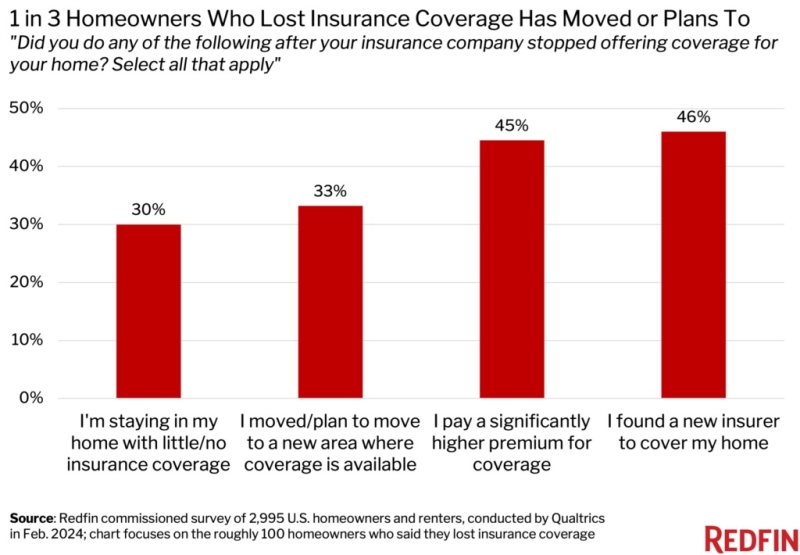Advertisement
What not to believe
Technology of a stoneJoe Cornofraud, eliminating the human underwriter, risk-based underwriting
Fraud appears to be running rampant in the industry. Scaring us
with the consequences has been diminished in an appreciating
market. After all, where does the lender suffer any loss from false
data on stated and other types of applications? Let's face it, we
have had an amazing business financing collateral that continually
appreciates in value.
I can understand that the 125 percent loan-to-value loans, in
the early part of this century, contributed to a "let's be crazy"
application process. Also, we "dumbed-down" the industry with
automation, and companies are being fully engulfed with the matrix
only concept and eliminating the human underwriter from the
process. With borrower scores, not FICO, and broker professional
opinions (BPOs), the data points to being a "human element" where
fraud is being experienced.
I wonder how many of you brokers know that lenders have grades
on you as well. There are sources available for every manner of
risk that can be experienced in a loan file--and it includes real
estate agents, the broker, borrower, appraiser and the electronic
conduit used to transfer the information. We have averaged,
measured and actuarially forecasted ratios and reserves into a
boulder of data that truly represents nothing.
My word processor just automatically processed out the comas
that I placed in the last sentence of the above paragraph. My word,
what happens if proper English returns? Okay, let me get back into
the loan business and rephrase the question. What happens when
property values flatten out or actually decline? What if my
forecast of flat to declining interest rates in a devalued
collateral market becomes a reality?
We are seeing it today. Lenders who have not changed their
guidelines to fit today's borrower are attacking the mortgage
brokers and pointing fingers for damages. They will have the power
and position to take the industry away from the mortgage brokers
and reclaim what was taken from them due to the mortgage brokers.
Wow! We actually arrived at the source of the fraud debacle in five
paragraphs. Antiquated loan guidelines that no longer fit today's
borrower.
Downpayment, income ratios, cash reserves and assets have no
impact on late payments, loan default or foreclosure. Yet they
represent how lenders evaluate loan approval. The matrices and
automation has taken on the weight of a large stone when mortgage
brokers attempt to place the single mother with children into a
loan. There is no way to verify income, yet she will never miss a
mortgage payment and represents 16 percent of the borrowers in the
industry today.
What about the firefighter? He works four days a week for the
fire department and has another job the other three days that is
impossible to document and is a fantastic borrower. What about the
domestic partnership that has stellar credit, yet is not part of
the existing guideline statistics? Income has increased 22 percent
over the past three years, while appreciation has increased 170
percent in some areas.
Then we evaluate the various loan categories. Please e-mail me
with the definitive answer to what constitutes an alt-A or
sub-prime loan. We are introducing alt-B and other silly titles,
which is just another placebo for inducing more fraud. The real
issue is the industry failing to recognize and service the borrower
of today. We need to develop new guidelines based on risk and call
all the programs the same.
We have the technology. We are weighted down by the loan
qualification concepts that were created when there were no pagers,
cell phones, calculators, copy and fax machines, and the modern
paralysis of analysis. The data that we feed in is the very stone
that invites today's borrower into lying and falsifying in order to
qualify. When we see a moderate decline in value, along with flat
and lower rates of interest, the lending institutions will use the
fraud laws all the way to recapturing their lost industry.
The best way to evaluate a borrower is risk-based. Here are the
true parameters of a loan:
-Occupancy;
-The purpose of the loan;
-Credit score;
-The type of property;
-The loan recording position;
-The qualifying documentation;
-Loan-to-value;
-Loan amount;
-Loan program; and
-If there is a pre-payment penalty.
Ratios, reserves, assets, and sourcing income and funds are
eliminated. Okay, this is where I introduce what really causes late
payments, default and foreclosure.
The loss of a job, divorce and major medical, are the items that
result in a loan going bad. If we can forecast when someone will be
fired, get divorced and go in for major medical, we can risk-base
evaluate a loan file. Where are these statistics you ask? The
insurance industry has been calculating and utilizing them for
decades. The insurance industry has detects and resolves fraud in
their business.
An employer grade and how long the borrower has worked there is
much more important than how much income they earn. The borrowers
of today need guidelines to fit the family make-up and culture of
today. Fair credit should be established on risk-based evaluation
founded on actual events that cause negative results, rather than
income status and how much money a borrower has in the bank.
The technology exists to adjust the underwriting guidelines for
true and fair qualifying. The stone grows even bigger and drags
down business to the level in what we are witnessing today. The
lenders will call due and payable any falsely stated or
misrepresented loan when values drop. The mortgage brokers will be
found out in the cold and labeled the "new criminals of
tomorrow."
Each and every mortgage broker should be yelling and demanding
that lender guidelines develop into a true representation of the
real risks of a loan and eliminate the fraud that the old rules
perpetrate. People want to buy and own property. This may be an
aggressive article to comprehend, but why not develop loans to let
them do so without lying and deceiving? The answer may have been
stated multiple times in this article. Could it possibly be that
banks, real estate investment trusts, financial planners, lead
generating companies, etc. want to take the industry back?
It is interesting to me that these entities are owned by the
same lenders who make up the guidelines for mortgage brokers to
comply to. I do not know, it is just an observation.
I just want to get everyone thinking and focusing on resolving a
problem rather than masking over it. If we want to maximize
software and detect potential fraud in the process, let us utilize
the data and re-enter the parameters that work and make an
impact.
Risk-based underwriting is the resolve--not just another mask
program.
We have the capability to create loan products that will be
securitized on the open market. Credit unions and savings and loan
companies are recognizing this and coming forth with their own
products. The tax identification number borrower and reverse
mortgages are not emerging into these companies.
The credit unions and savings and loans are doing what the
mortgage broker did years ago. They are meeting and getting to know
the borrowers of today. The industry must recognize that you fail
when you know the borrower, but do not meet their needs to finance
property. Do this, and the world is ours--even with a declining
collateral market.
Joe Corno is president of Utah-based We Be Consulting and
Seminars. He may be reached at (801) 836-2077 or e-mail [email protected].
About the author





